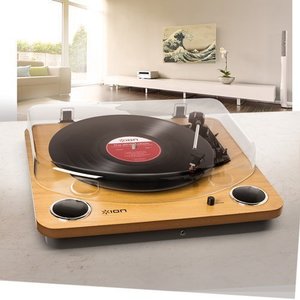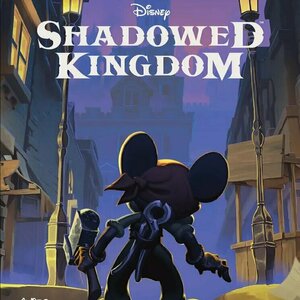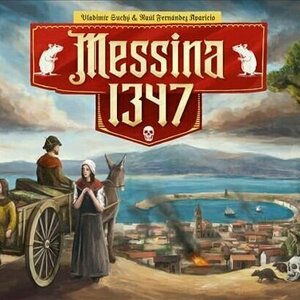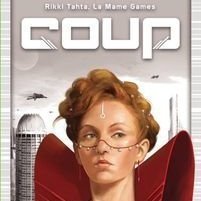
Summer Frost (Forward Collection)
Book
A video game developer becomes obsessed with a willful character in her new project, in a...

Broken Beautiful Hearts
Book
Her heart has to break before it can open. When star soccer player Peyton Rios receives an offer...

ION Max LP Turntable
Tech Watch
Listen, connect, and convert. Max LP™ is a simple all-in-one turntable that makes it easy to enjoy...

Clank!: A Deck-Building Adventure
Tabletop Game
Burgle your way to adventure in the deck-building board game Clank! Sneak into an angry dragon's...
Boardgames DeckBuildingGames PressYourLuckGames 2016Games

The Resistance: Avalon
Tabletop Game
The Resistance: Avalon pits the forces of Good and Evil in a battle to control the future of...

Charterstone
Tabletop Game
The prosperous Kingdom of Greengully, ruled for centuries by the Forever King, has issued a decree...

Western Legends
Tabletop Game
From the creative mind of Hervé Lemaître and beautifully brought to life with illustration work by...

Disney Shadowed Kingdom
Tabletop Game
In the two-player co-operative card game Disney Shadowed Kingdom, you enlist the help of your...

Messina 1347
Tabletop Game
Messina 1347 takes place during the introduction of the plague epidemic (a.k.a. the "black death")...
